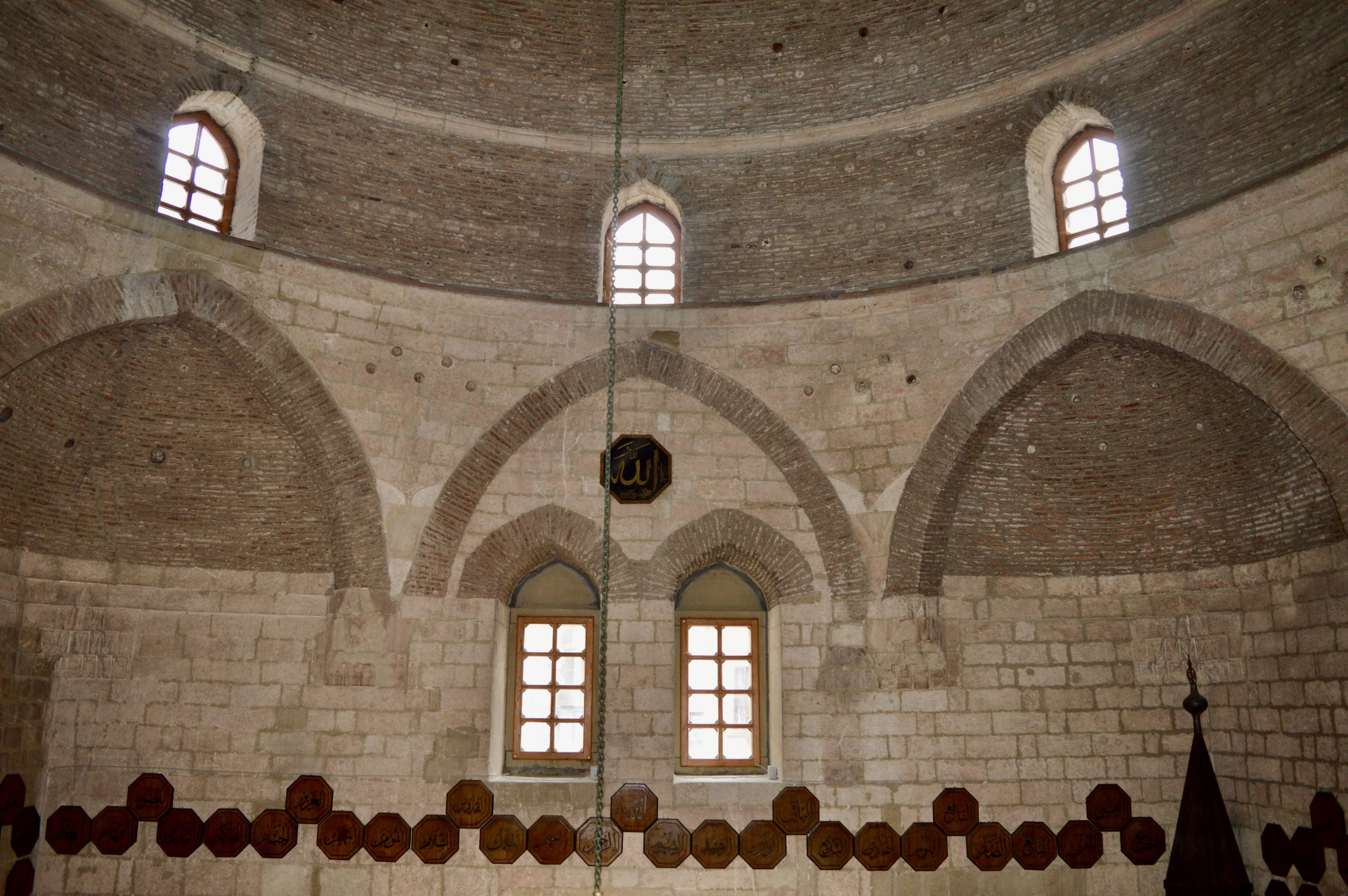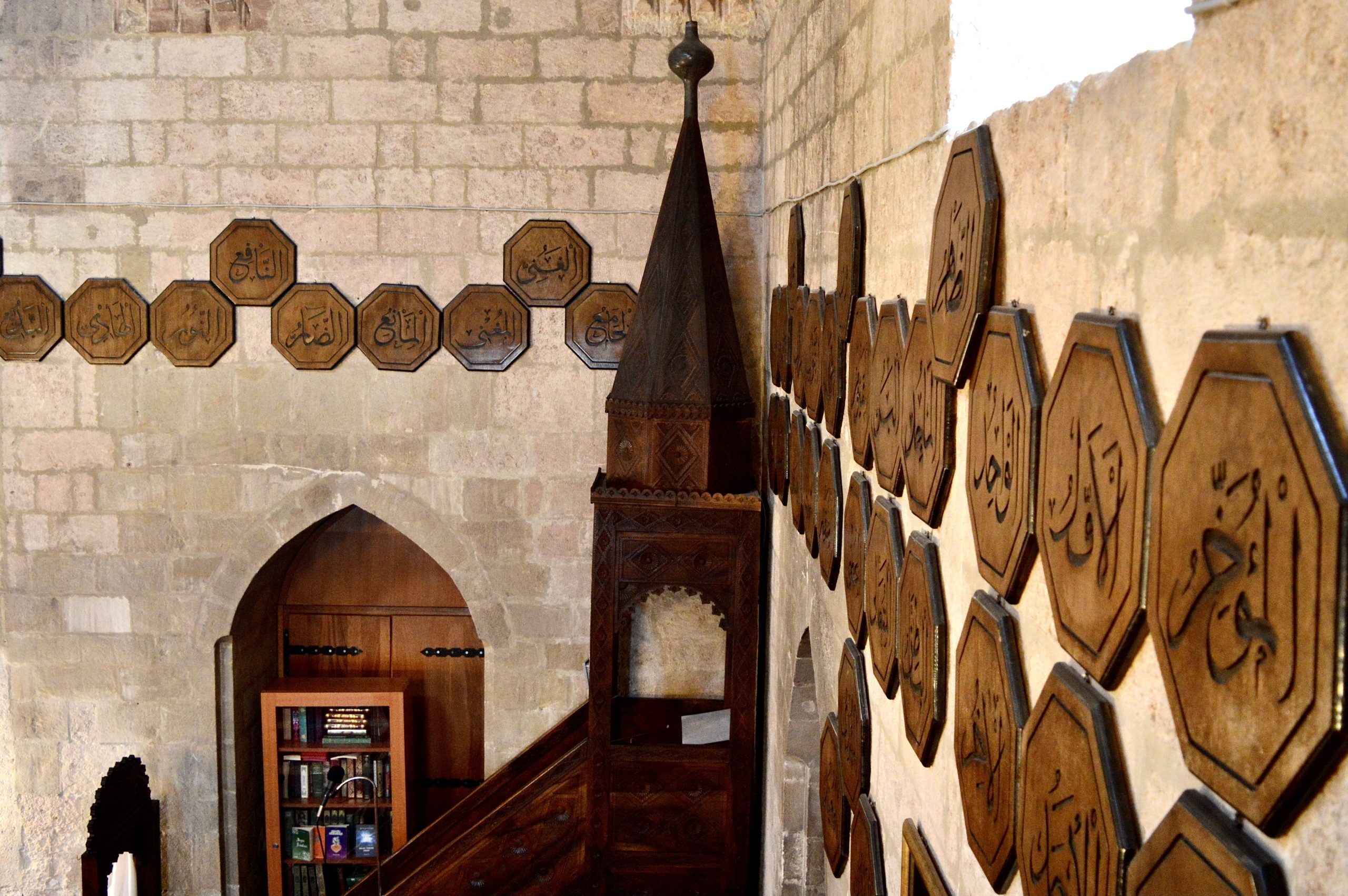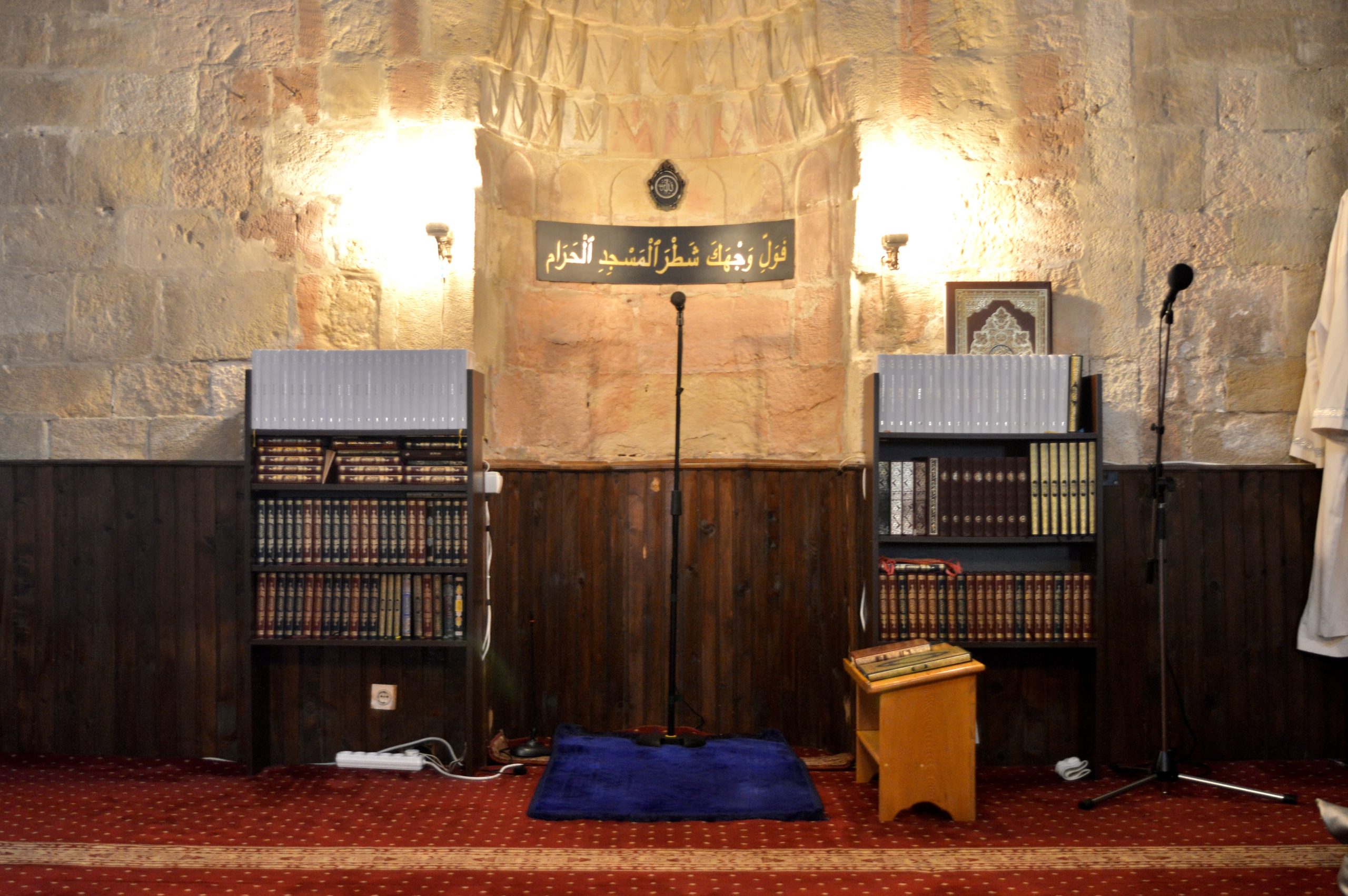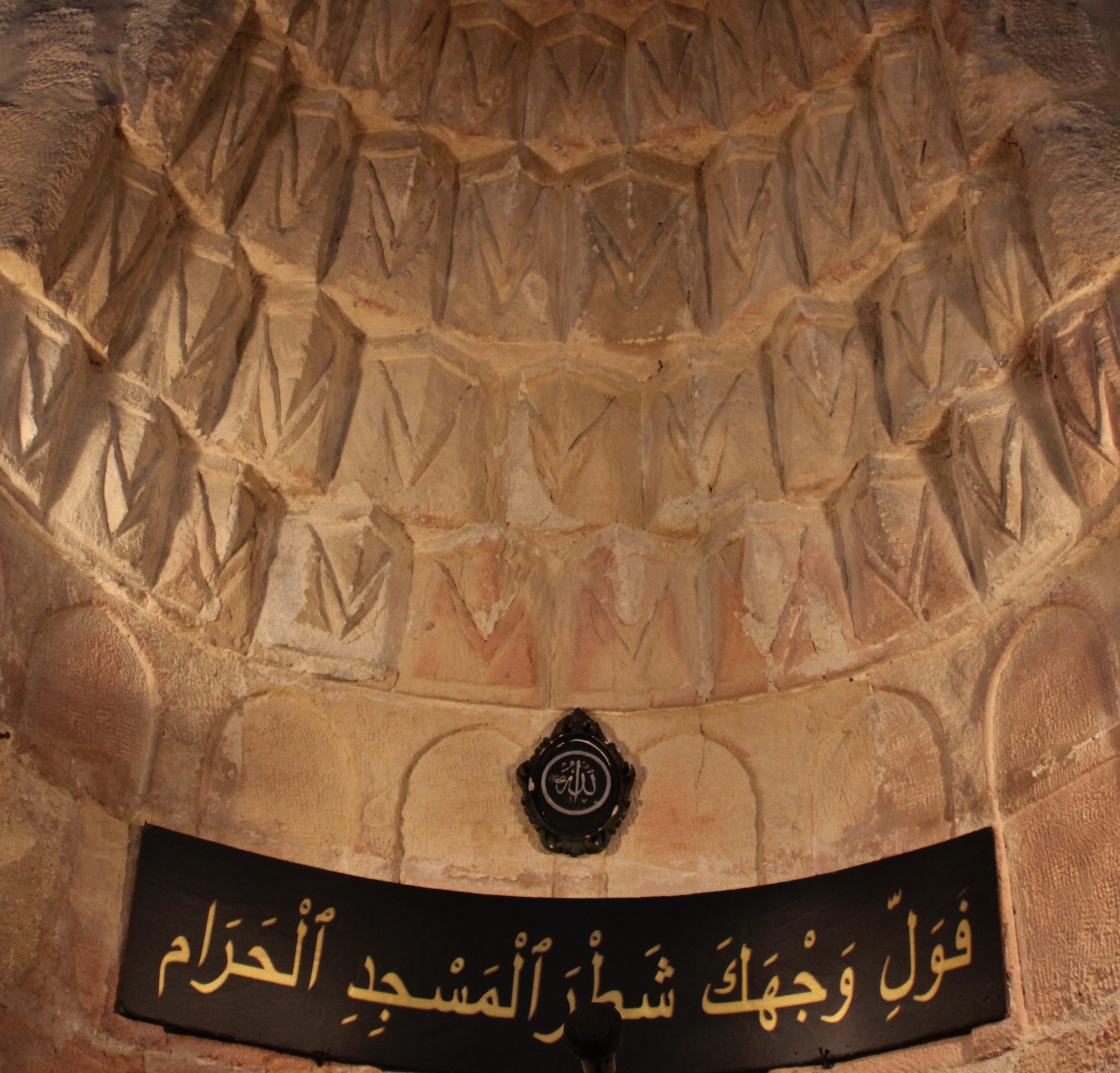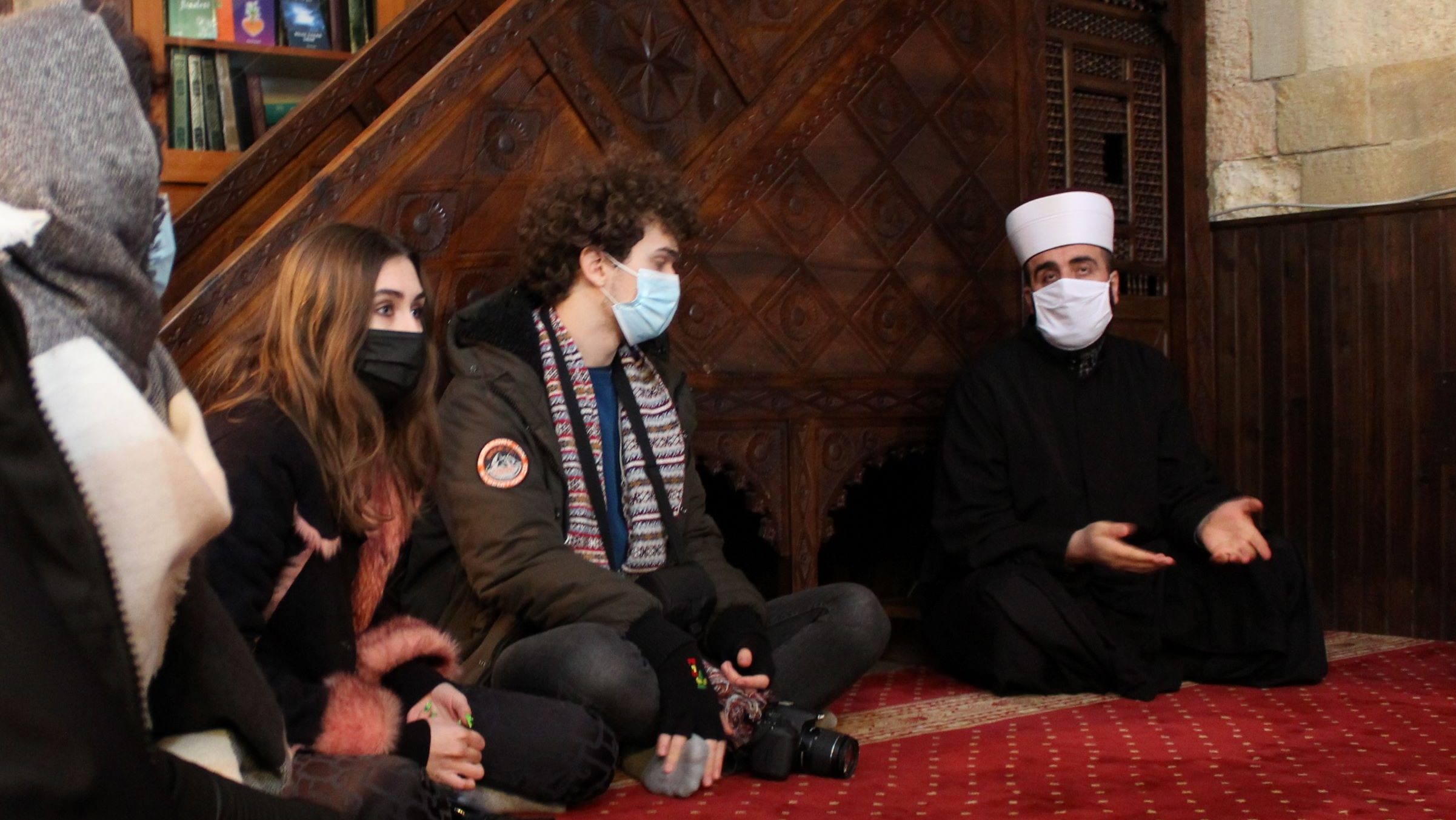WHERE IS IT?
It's located in Gospodar Jevremova 11 street, in Dorcol, near the crossroad with Kralja Petra street, in the environment of a former Turkish merchant neighborhood - Zejrek.
It is in the vicinity of the Jewish Historical Museum, Museum of Theatre, Fresco Gallery and a myriad of bars and restaurants.
THE HISTORY
Built between 1660 and 1688, as the endowment of Sultan Suleiman II, it is presently the only remaining example of Ottoman sacred architecture in Belgrade.Between 1717 and 1739, during the Austrian rule, it was converted into a Catholic church, but its original function was renewed in 1741 when the Ottomans returned to Belgrade. After the Turks had left Belgrade, the mosque was renewed. Since 1868 it has been the only Muslim shrine in Belgrade.
As a sign of retaliation for the destruction of Serbian heritage in Kosovo and Metohija, during the demonstrations in Belgrade in 2004, a mosque was set on fire and the inventory of the building was damaged, but reconstruction was soon undertaken.
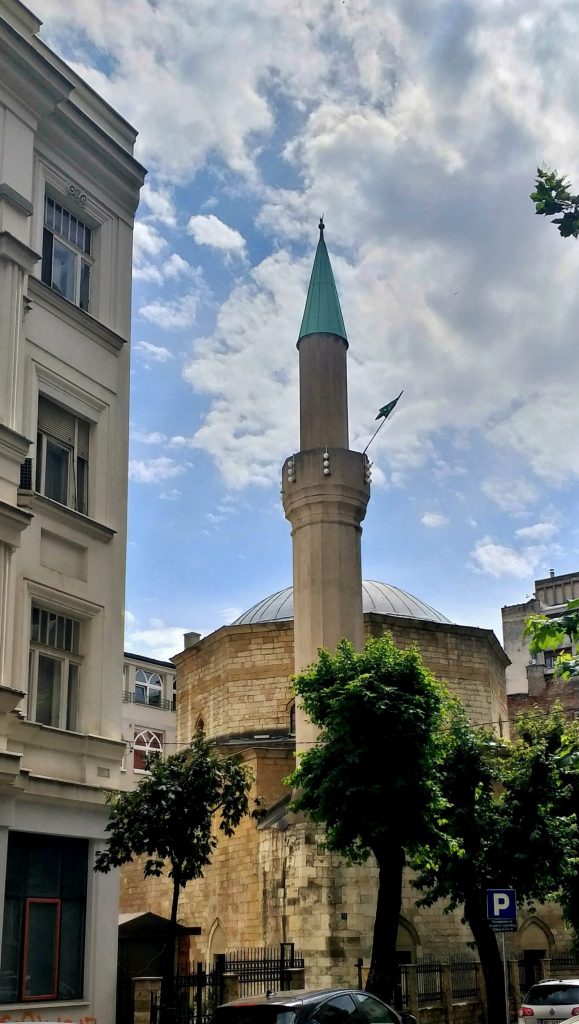
Bajrakli džamija
EXTERIOR
The architecture of the mosque belongs to the usual type of one-storey domed building. The transition from the square plan to octagonal tambour with dome was realized by trompes. An ordinary minaret, located right of the entrance, is not particularly slender, has a fence with modest profiling on its lower side.
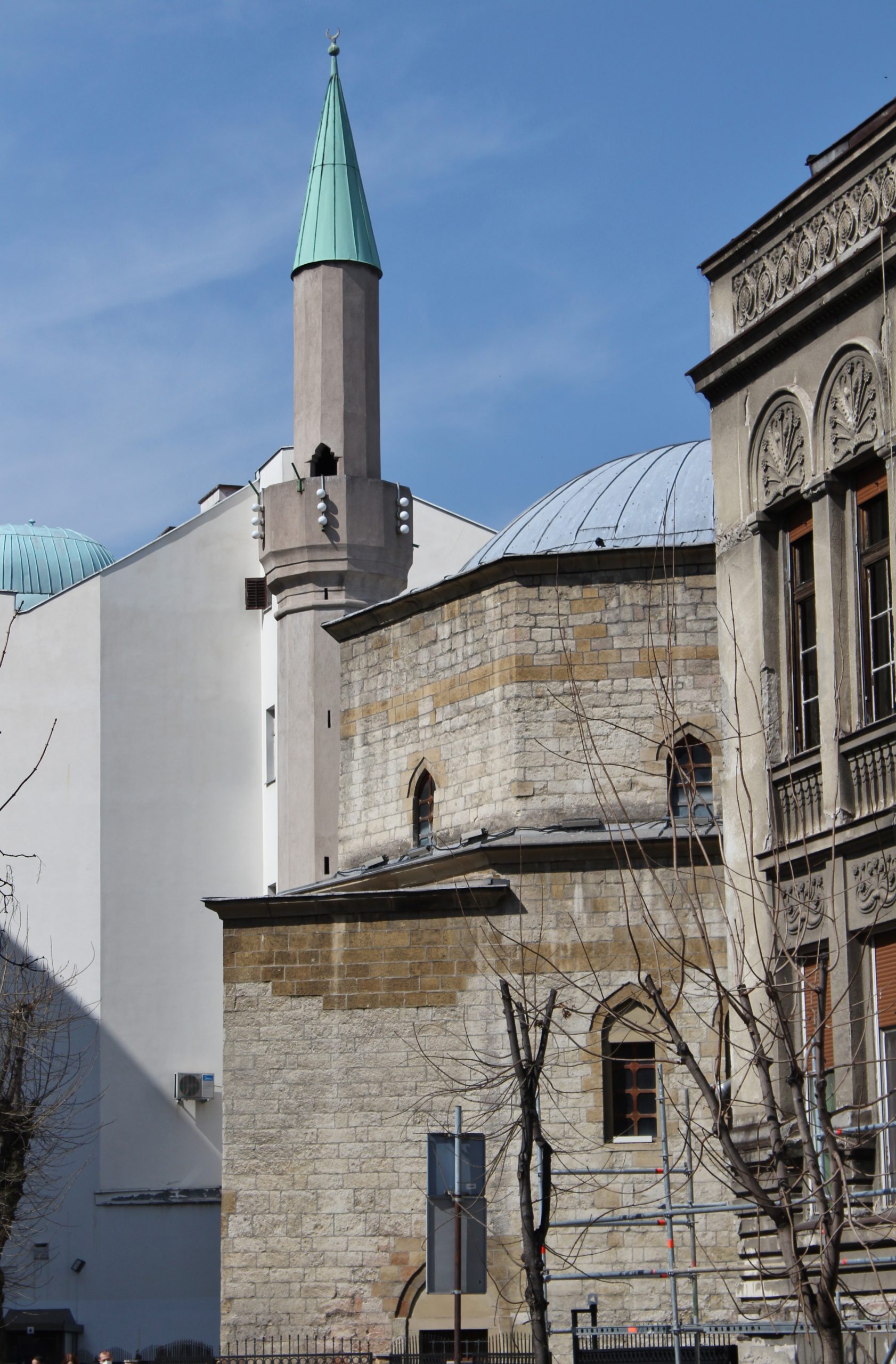
INTERIOR
Opposite of the entrance, in the interior of the mosque, there is a shallow niche of mihrab and mimbar. The space is lit through two windows on each side of its large walls and one on each side of the octagonal tambour. The apertures on the building end in characteristic ogee arches.
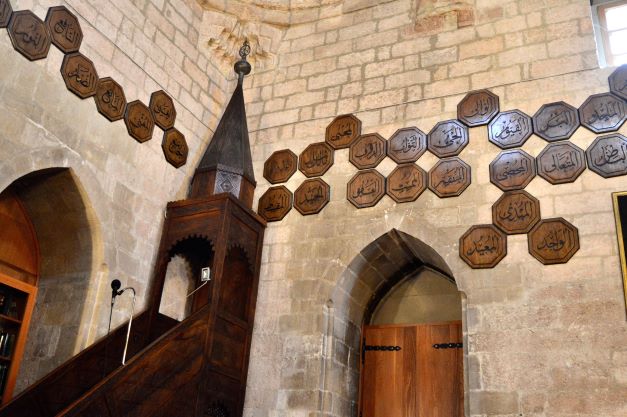
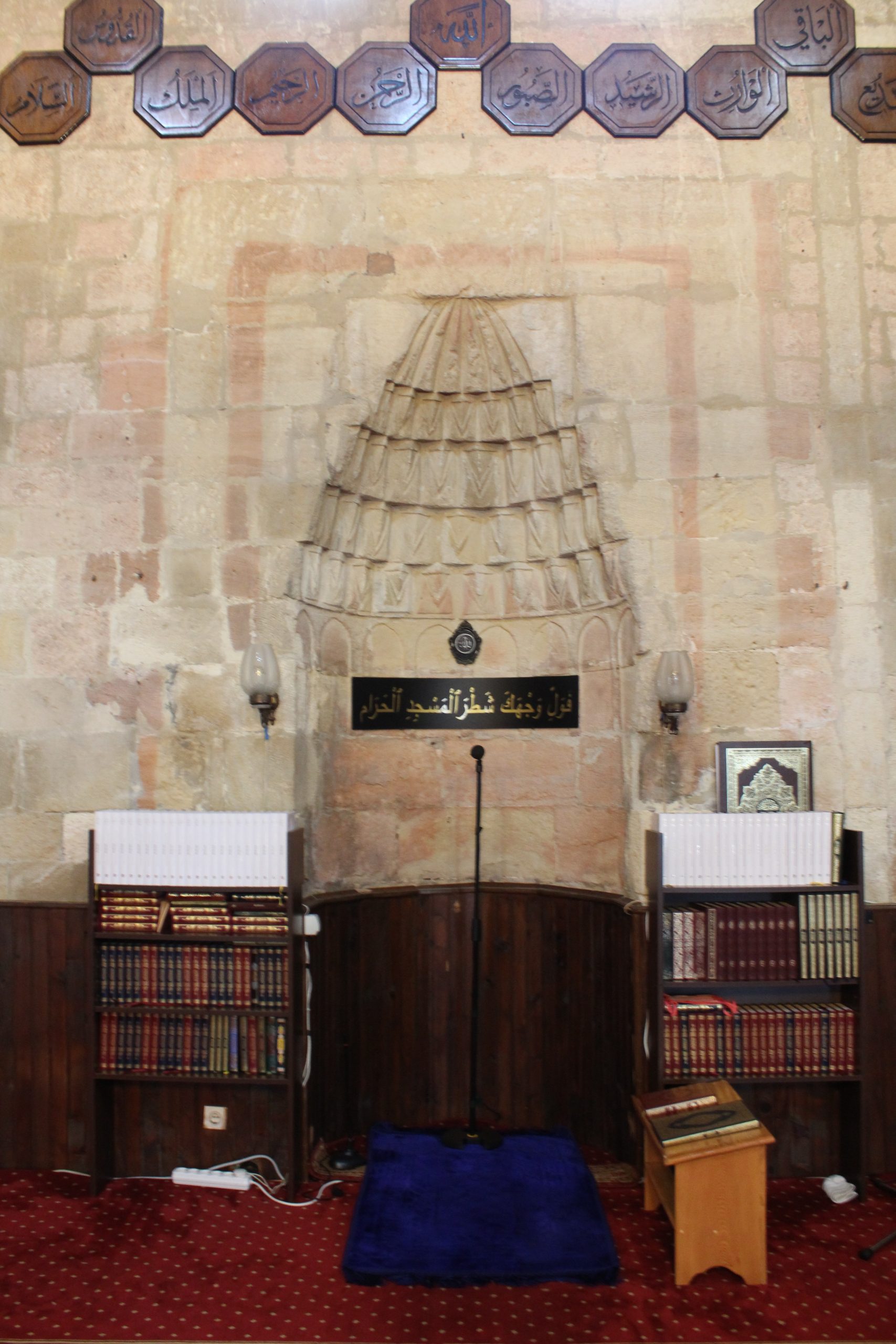
Pripremila : Katarina Malešević

